The Ministry of Transport (MOT) was assigned to submit a draft Resolution of the Government on the implementation of the high-speed railway project on the North-South axis in January 2025.
New direction of Government leaders on North-South high-speed railway
The Ministry of Transport (MOT) was assigned to submit a draft Resolution of the Government on the implementation of the high-speed railway project on the North-South axis in January 2025.
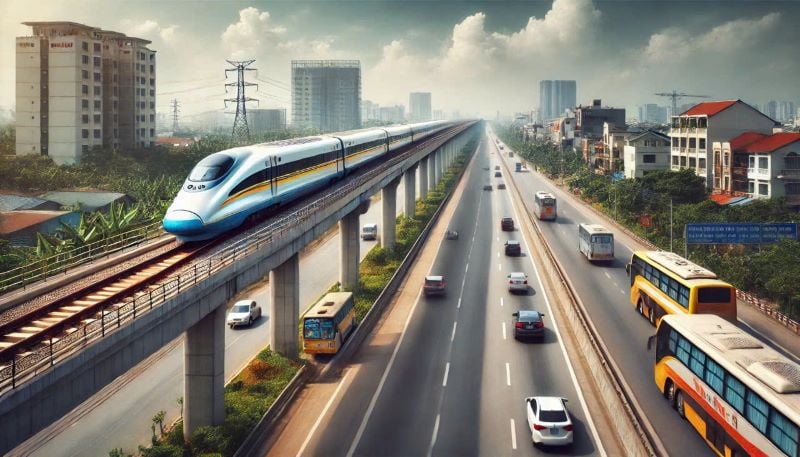 |
| Illustration photo. |
This is one of the directions of Deputy Prime Minister Tran Hong Ha - Head of the Steering Committee in Notice No. 07/TB - VPCP on the Third Meeting of the Steering Committee for building and implementing the Project on investment policy for high-speed railway on the North - South axis and important national railway projects.
The National Assembly decided on investment policy in Resolution No. 172/2024/QH15 dated November 30, 2024.
This is a project that the National Assembly decided on investment policy in Resolution No. 172/2024/QH15 dated November 30, 2024, with a large scale, stretching from Hanoi to Ho Chi Minh City (through 20 provinces and cities), requiring high and modern technology and techniques, and a very urgent implementation progress.
The objective of the Project is not only to invest in building a high-speed railway line, but also to build and develop the railway industry, training human resources with sufficient capacity to design, construct, manage, operate and exploit high-speed railway systems effectively and safely.
To implement Resolution No. 172/2024/HQ15, the Deputy Prime Minister requested the Ministry of Transport to urgently coordinate with ministries, branches and localities to draft a Resolution of the Government and submit it to the Prime Minister in January 2025 (the Ministry of Transport will consult with members of the Steering Committee before submitting it).
It is necessary to develop a detailed plan and schedule for the main procedures and tasks to be performed (from the time of preparing the feasibility study report to the time of starting construction) and to plan a master plan for exploiting and operating the project to ensure scientific, comprehensive, synchronous and feasible results; at the same time, it is necessary to closely follow the objectives and requirements of the Resolution to determine the implementation method, specific tasks and responsibilities of ministries, branches and localities to implement the specific and special mechanisms approved by the National Assembly (clearly defining the form of documents and the authority to issue, the presiding agency, the time for submission and issuance).
Regarding some tasks that need to be prioritized for immediate implementation, Deputy Prime Minister Tran Hong Ha assigned the Ministry of Transport to coordinate with relevant ministries and agencies to urgently review and complete the system of standards and technical regulations on high-speed railways; review and determine human resource training needs (quantity, training majors, training levels, training time, etc.).
The Ministry of Transport is assigned to preside over and coordinate with the Ministry of Education and Training to conduct training according to the Government's orders, including researching training models and methods (domestic and foreign universities and/or in combination with partners (enterprises, contractors) to cooperate); determining the list of railway industrial services and goods assigned and ordered; researching and selecting domestic enterprises with experience and capacity to coordinate and transfer technology, gradually increasing the localization rate (construction and installation, signal systems, etc.); the mechanism for selecting suitable contractors (bidding, designated bidding or contractor selection in special cases, etc.)
The Ministry of Transport must urgently improve the model of the Railway Project Management Board to meet the requirements of the task; coordinate with the State Capital Management Committee at enterprises to restructure the Vietnam Railway Corporation to proactively advise and coordinate handling right from the stage of preparing the Project investment as well as receiving management, exploitation and operation after the Project is completed.
The Deputy Prime Minister assigned the Ministry of Construction to preside over the guidance on regulations on the content and requirements of the overall technical design (FEED design) instead of the basic design; guidance on the establishment, appraisal, approval of tasks, and estimates of bid packages related to the survey work, establishment, and examination of the Feasibility Study Report (according to the FEED design); guidance on the application and use of the system of construction norms, unit prices, construction prices, and the use of investment rates of similar railway projects and works to establish the total investment of the project; guidance on the application of the Contract model of the International Federation of Consultants (FIDIC contract) to implement bid packages under the Project.
The Ministry of Planning and Investment is assigned to advise on the establishment of the State Appraisal Council; coordinate with the Ministry of Transport and the Ministry of Construction to organize the selection of appraisal consultants to conduct appraisal and assessment in parallel with the process of preparing and completing the Feasibility Study Report.
The Ministry of Finance is assigned to preside over and coordinate with the Ministry of Transport and the Ministry of Planning and Investment to study a plan to mobilize investment capital to implement the Project, in which it is necessary to clearly identify capital needs, capital plans, types of capital sources (state budget, Government bonds, ODA, land revenue, socialization, etc.) to have a plan and arrange a suitable capital plan.
The Ministry of Natural Resources and Environment shall preside over and advise on matters related to the implementation of compensation, support and resettlement for land areas to implement the Project, land in the vicinity of railway stations to create land funds for urban and rural development in the direction of traffic routes (TOD), resettlement land, land in mineral mine areas for common construction materials, etc.
The Deputy Prime Minister assigned Vietnam Railway Corporation to proactively research and propose restructuring plans and the ability to participate in all stages from construction, investment, production, operation, maintenance, etc. in accordance with its capacity conditions.
According to Resolution No. 172/2024/QH15, the North-South high-speed railway project has a total route length of about 1,541 km; the starting point is at Ngoc Hoi station (Hanoi capital), the ending point is at Thu Thiem station (Ho Chi Minh City), passing through 20 provinces and centrally-run cities including: Hanoi capital, Ha Nam, Nam Dinh, Ninh Binh, Thanh Hoa, Nghe An, Ha Tinh, Quang Binh, Quang Tri, Hue, Da Nang, Quang Nam, Quang Ngai, Binh Dinh, Phu Yen, Khanh Hoa, Ninh Thuan, Binh Thuan, Dong Nai, Ho Chi Minh City.
The project will invest in a new double-track line of 1,435 mm gauge, designed speed of 350 km/h, load capacity of 22.5 tons/axle; 23 passenger stations, 5 freight stations; vehicles, equipment; high-speed railway for passenger transport, meeting dual-use requirements for national defense and security, and can transport goods when necessary.
The preliminary total investment of the Project is 1,713,548 billion VND from the state budget allocated in the medium-term public investment plan and other legal capital sources.
The National Assembly assigned the preparation of a feasibility study report from 2025, striving to basically complete the Project by 2035.










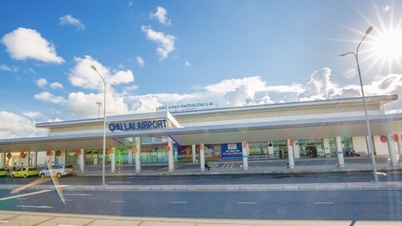


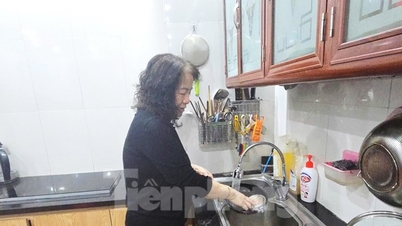

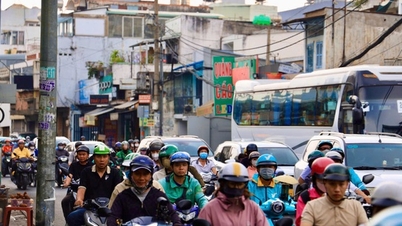

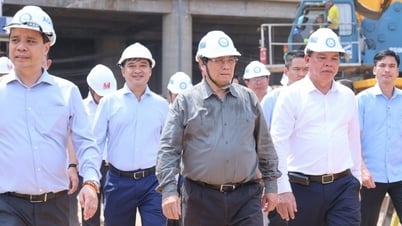

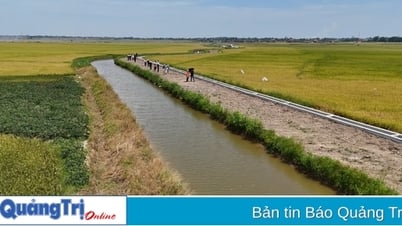

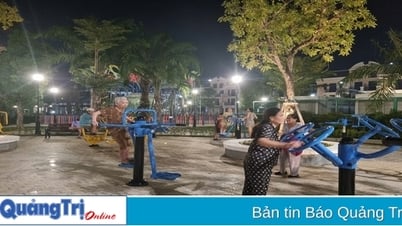



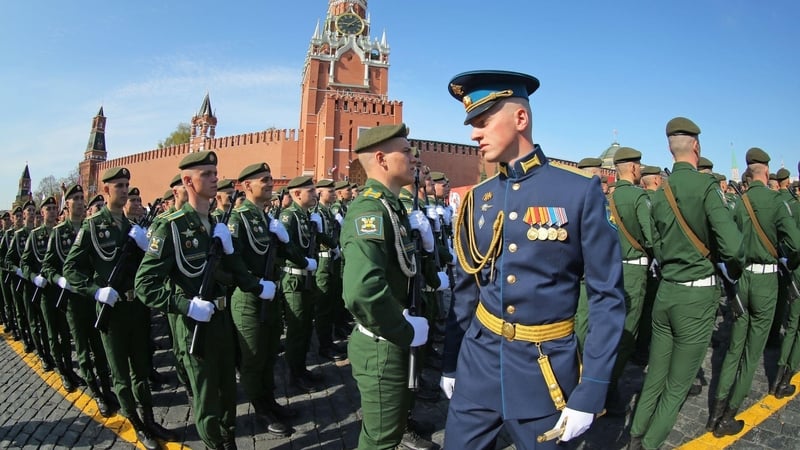




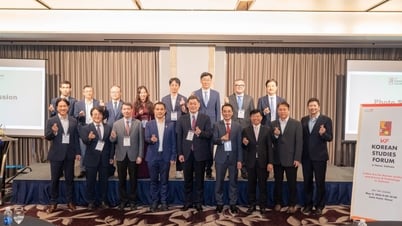



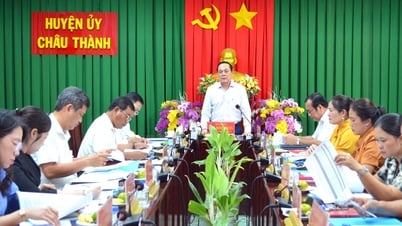
![[Photo] General Secretary To Lam meets with Chairman of the Federation Council, Parliament of the Russian Federation](https://vphoto.vietnam.vn/thumb/1200x675/vietnam/resource/IMAGE/2025/5/10/2c37f1980bdc48c4a04ca24b5f544b33)
![[Photo] Ho Chi Minh City: Many people release flower lanterns to celebrate Buddha's Birthday](https://vphoto.vietnam.vn/thumb/1200x675/vietnam/resource/IMAGE/2025/5/10/5d57dc648c0f46ffa3b22a3e6e3eac3e)
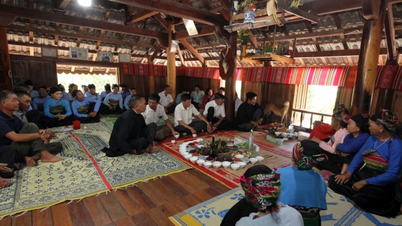



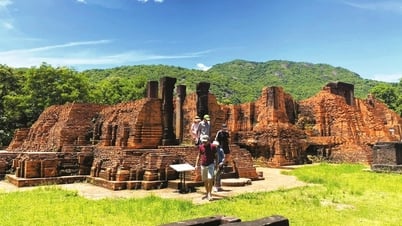


















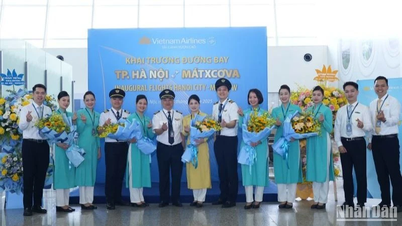




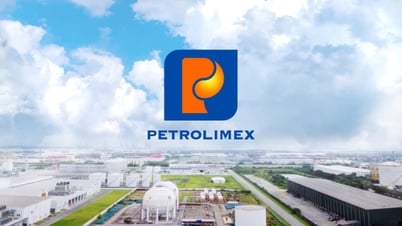






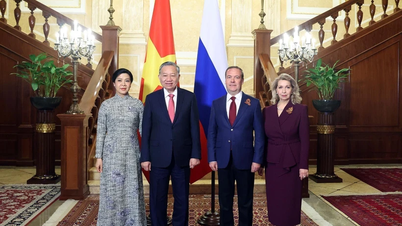







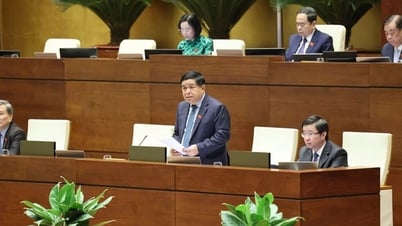

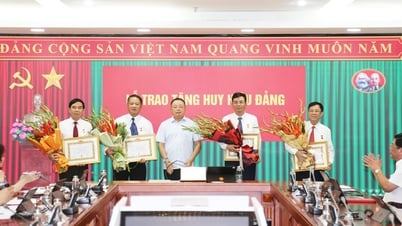
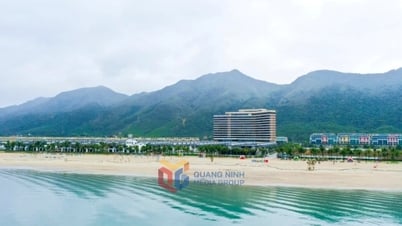

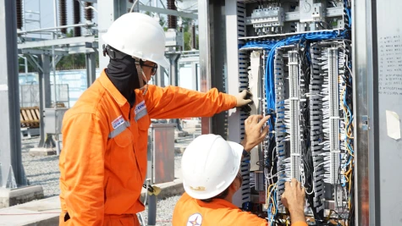

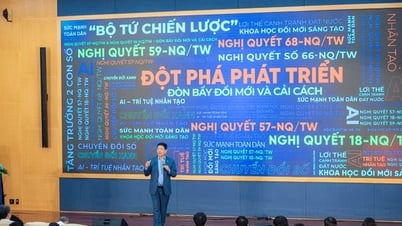







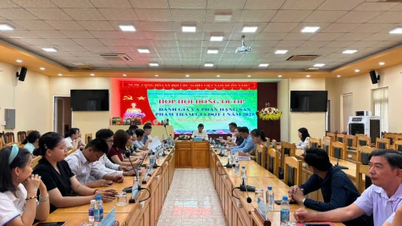



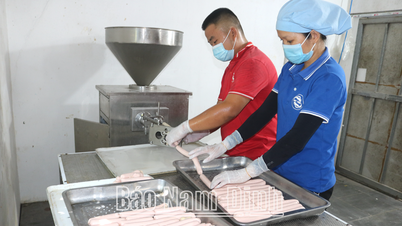

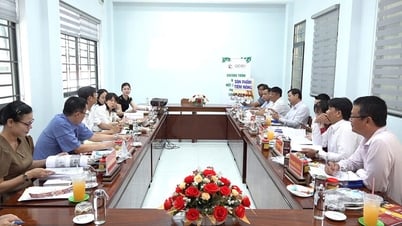



Comment (0)